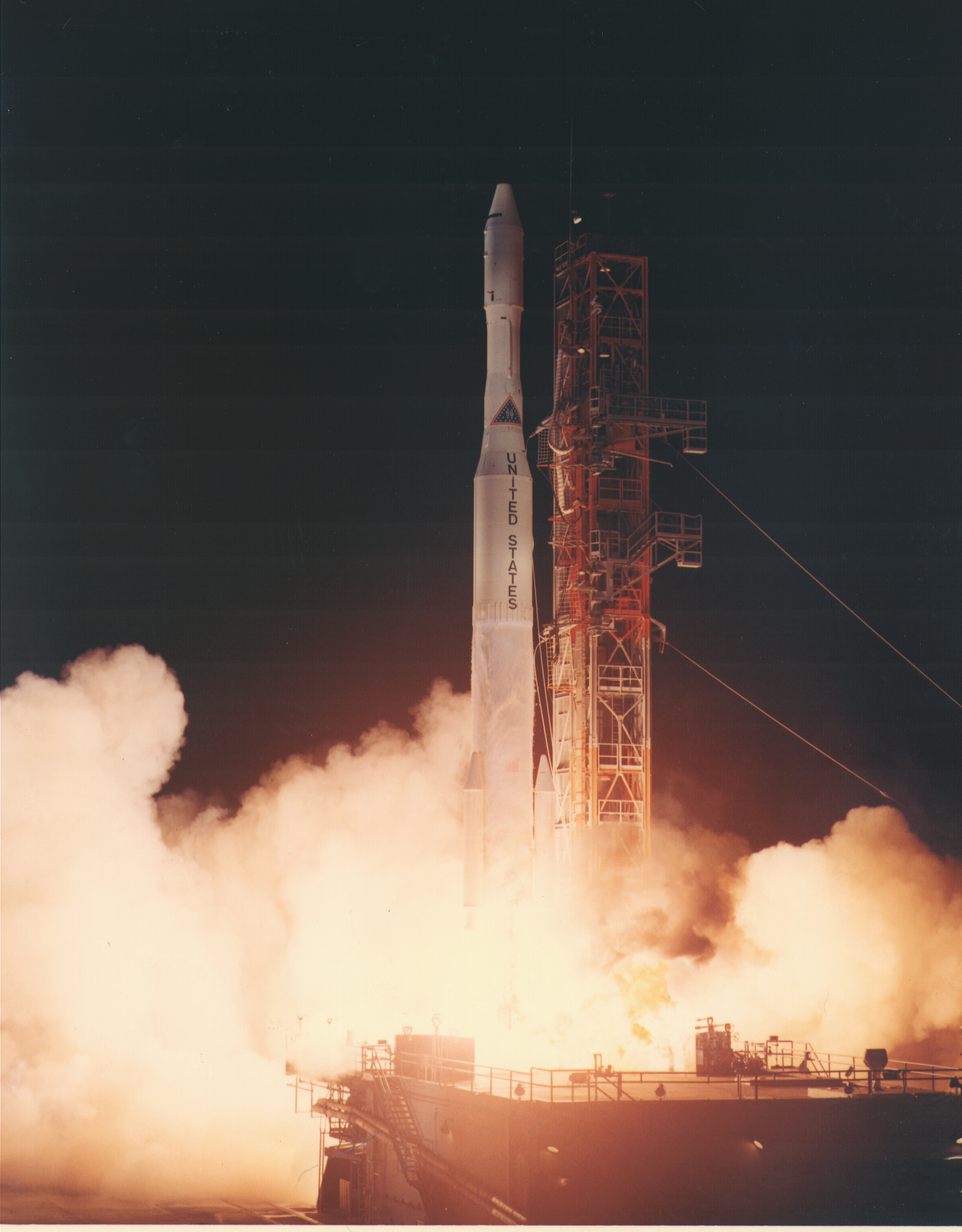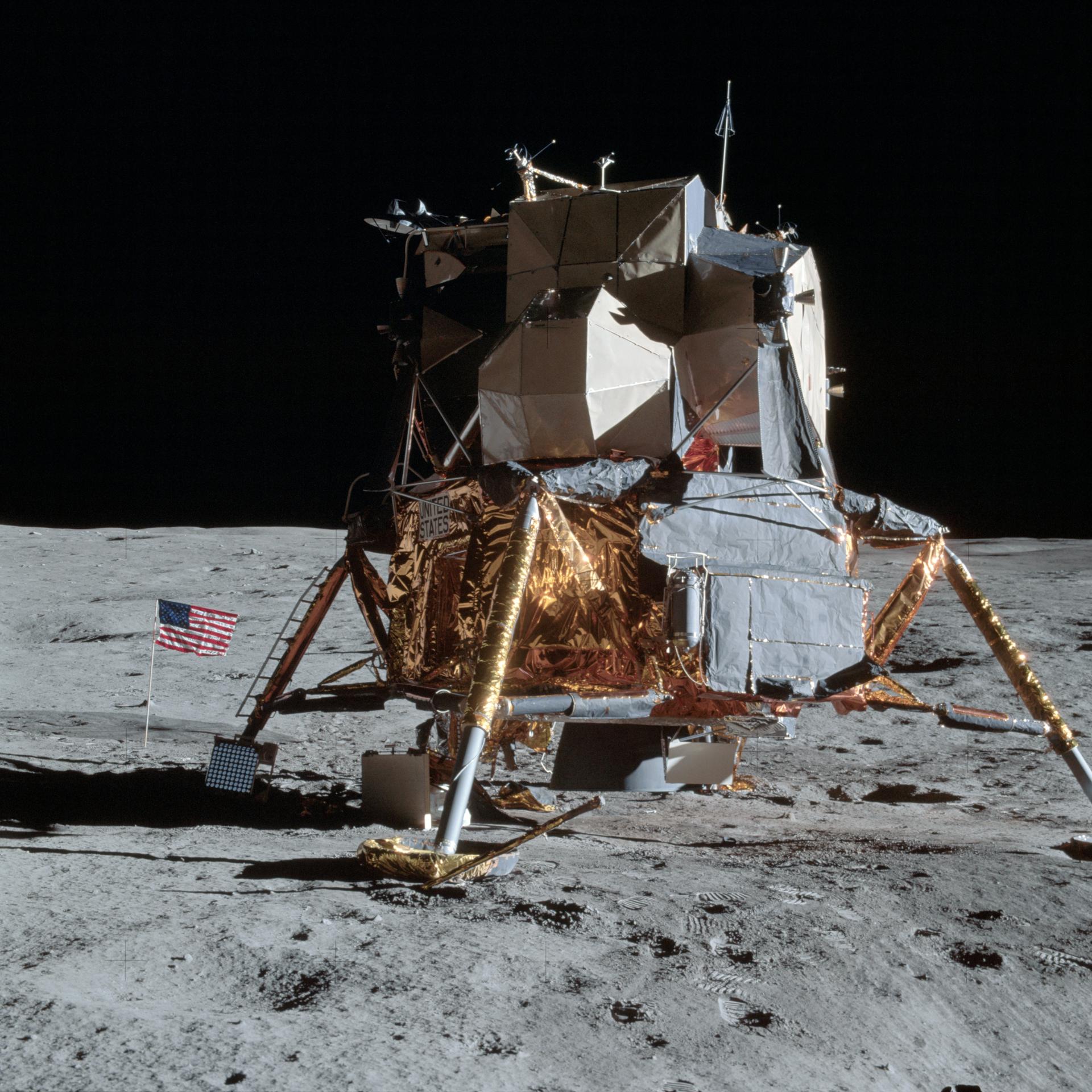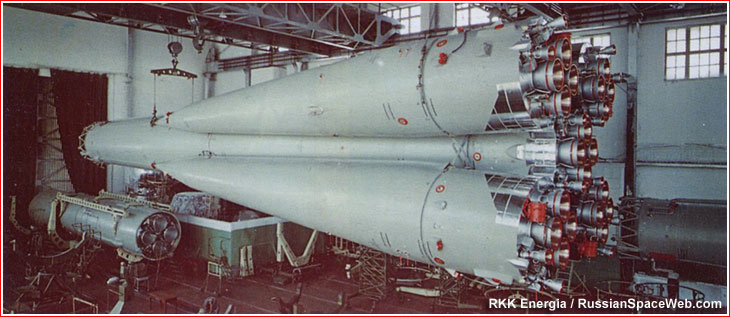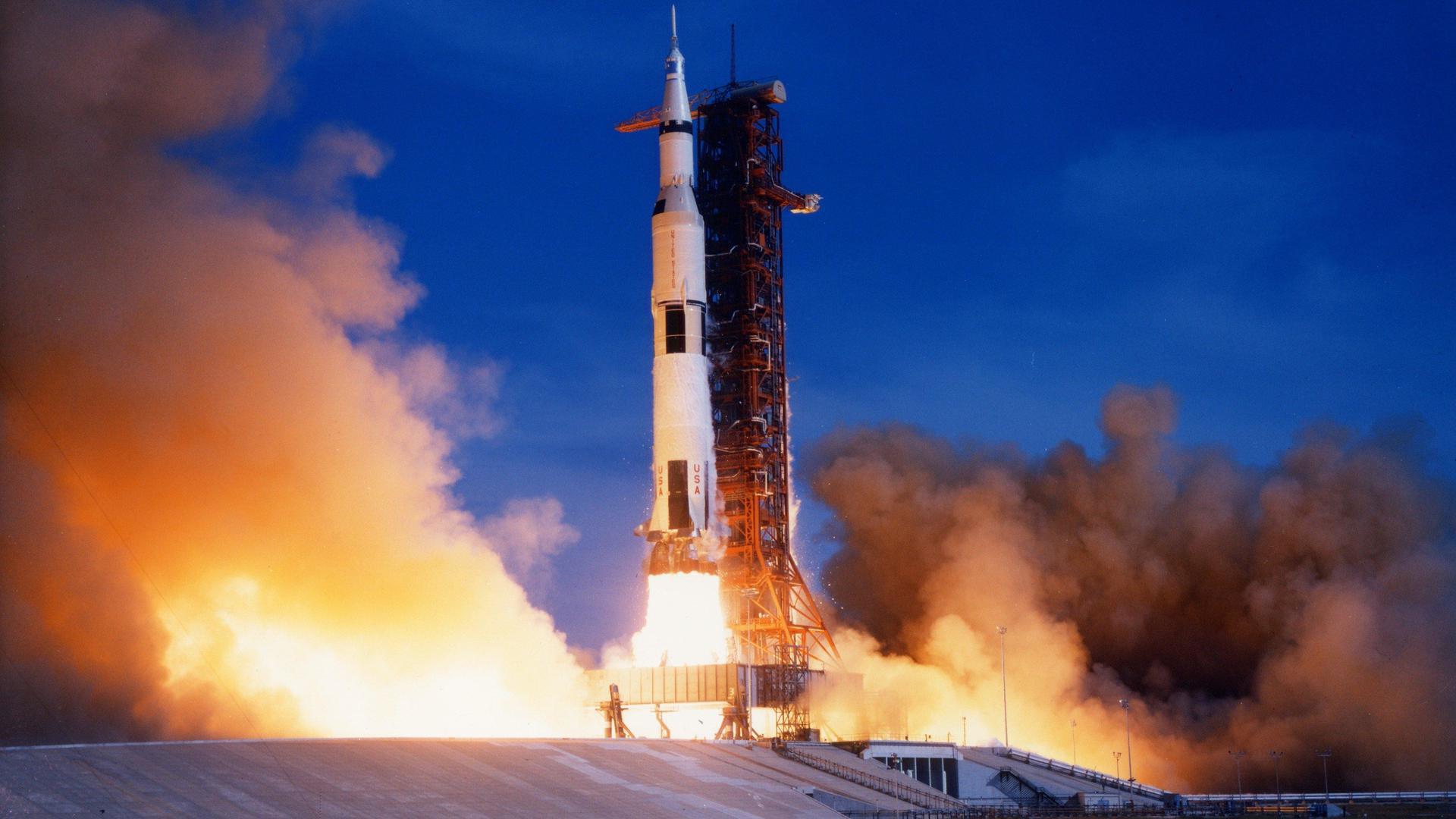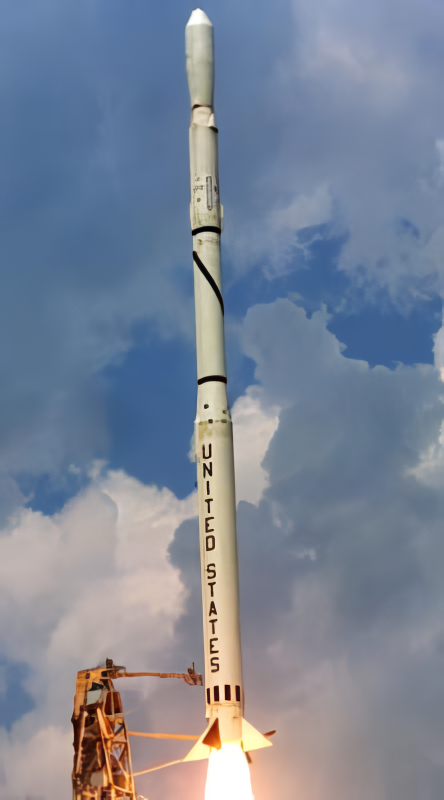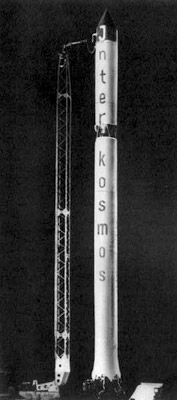Previous Spaceflight Launches
Filter by Agency, Locations or Vehicles
Show All LaunchesThor Delta M | Skynet IA
McDonnell Douglas | United States of AmericaCape Canaveral SFS, FL, USA
Nov. 22, 1969, 12:37 a.m.
Apollo LM | Apollo 12
Northrop Grumman Space Systems | United States of AmericaOceanus Procellarum, Moon
Nov. 20, 1969, 2:25 p.m.
Voskhod | Zenit-4 67
Soviet Space Program | RussiaBaikonur Cosmodrome, Republic of Kazakhstan
Nov. 15, 1969, 8:30 a.m.
Saturn V | Apollo 12
National Aeronautics and Space Administration | United States of AmericaKennedy Space Center, FL, USA
Nov. 14, 1969, 4:22 p.m.
Status: Launch Successful
Mission:
Apollo 12 was the second manned mission to the surface of the moon. The commander of the mission was Charles Conrad, Jr. , the Command Module Pilot was Richard Gordon, Jr. , and the Lunar Module Pilot was Alan Bean. The mission was launched on November 14th, 1969 and the Capsule safely splashed down in the ocean on November 24th, 1969
Lunar OrbitVoskhod | Zenit-2 78
Soviet Space Program | RussiaPlesetsk Cosmodrome, Russian Federation
Nov. 12, 1969, 11:30 a.m.
Scout B | Azur
Vought | United States of AmericaVandenberg SFB, CA, USA
Nov. 8, 1969, 1:52 a.m.
Kosmos 11K63 | DS-P1-I 6
Strategic Rocket Forces | RussiaPlesetsk Cosmodrome, Russian Federation
Nov. 4, 1969, 11:59 a.m.
Titan 23B | KH-8 24
Lockheed Martin | United States of AmericaVandenberg SFB, CA, USA
Oct. 24, 1969, 6:10 p.m.
Kosmos 11K63 | DS-P1-Yu 26
Strategic Rocket Forces | RussiaKapustin Yar, Russian Federation
Oct. 24, 1969, 1:01 p.m.
Voskhod | Zenit-2M 5
Soviet Space Program | RussiaBaikonur Cosmodrome, Republic of Kazakhstan
Oct. 24, 1969, 9:40 a.m.
